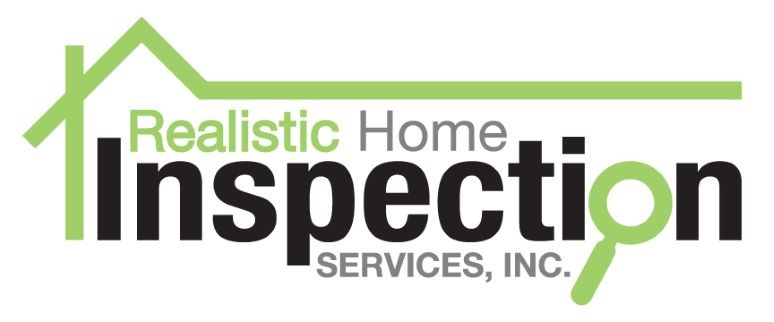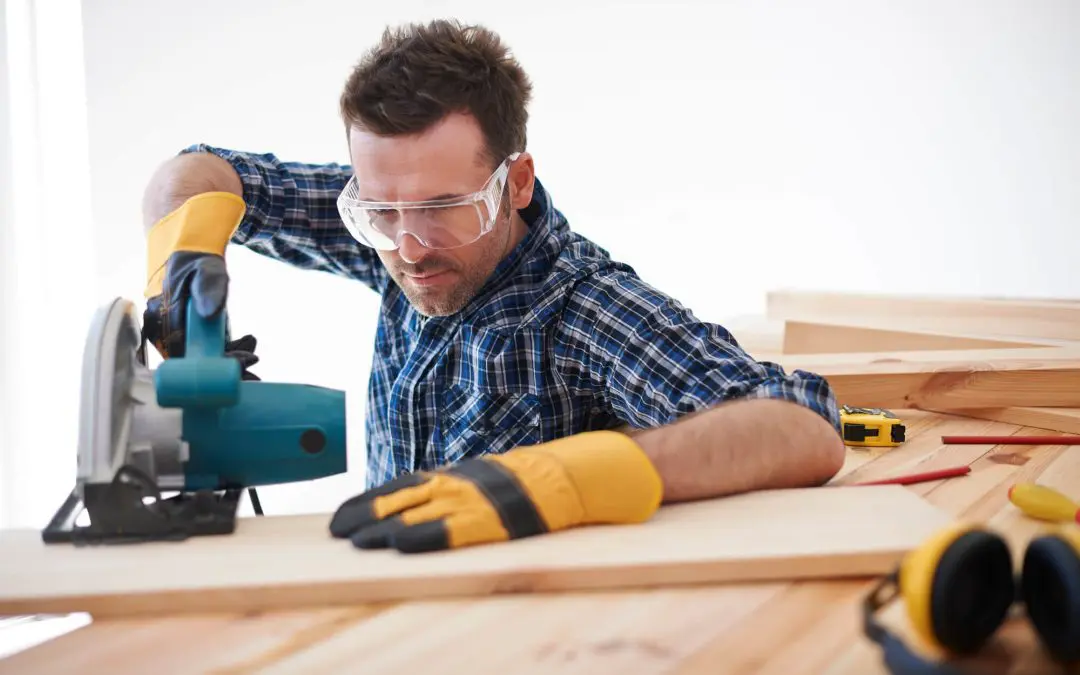Embarking on DIY projects can be incredibly rewarding, allowing you to create, repair, and personalize items in your home. However, using tools, especially power tools, requires a keen awareness of safety to prevent accidents and injuries. Here are some essential tips for ensuring tool safety in DIY projects.
Tool Safety in DIY Projects: Understanding Your Tools
Before you start any project, familiarize yourself with the tools you will be using. Read the manufacturer’s instructions and understand the tool’s functions, safety features, and limitations. Knowing how to operate each tool properly is the first step in preventing accidents.
Proper Maintenance
Regular tool maintenance is crucial for safety. Ensure that all tools are clean, sharp, and in good working condition. Dull blades or bits can cause tools to bind or kick back, increasing the risk of injury. Check for any signs of damage, such as frayed cords or loose parts, and repair or replace tools as necessary.
Appropriate Personal Protective Equipment (PPE)
Wearing the right personal protective equipment can significantly reduce the risk of injury. Safety glasses or goggles protect your eyes from debris, while ear protection shields your hearing from loud noises. Gloves can provide a better grip and protect your hands from sharp edges. Depending on the project, you might also need a dust mask, hard hat, or steel-toed boots.
Tool Safety in DIY Projects: Work in a Safe Environment
Ensure that your workspace is clean, well-lit, and free of clutter. Adequate lighting helps you see your work clearly and avoid mistakes. Keeping your work area organized reduces the risk of tripping or accidentally knocking over tools. Ensure proper ventilation, especially when working with chemicals or materials that produce dust or fumes.
Secure Your Materials
Before cutting, drilling, or shaping any material, securely fasten it. Use clamps, vices, or other appropriate devices to hold the material in place. This improves the accuracy of your work and prevents the material from shifting unexpectedly, which could cause injuries.
Use Tools Correctly
Always use tools for their intended purpose. Misusing a tool causes accidents and damage to the tool and the material. For example, using a screwdriver as a chisel can cause the blade to snap, potentially causing injury. Additionally, avoid overreaching or applying excessive force to tools, which can lead to losing control.
Stay Focused and Alert
Distractions can lead to accidents, so stay focused while using tools. Avoid using tools when you are tired, under the influence of alcohol, or taking medication that affects your concentration. Take regular breaks to rest and stay hydrated, as fatigue can impair judgment and reaction time.
Disconnect Power Tools When Not in Use
When you are not actively using a power tool, always disconnect it from the power source. This is especially important when changing blades or bits or performing maintenance. Unplugging the tool ensures it cannot accidentally be turned on, which could cause serious injury.
Keep Children and Pets Away
Children and pets can be unpredictable and curious, leading to dangerous situations in a workshop. Keep your workspace off-limits to them, and store tools and materials out of their reach. If you have to work around children or pets, ensure they are supervised and kept at a safe distance from your tools and projects.
Tool Safety in DIY Projects: Know Emergency Procedures
Accidents can happen despite taking all precautions, so it is essential to be prepared. Keep a readily available first aid kit and familiarize yourself with basic procedures. Knowing how to respond quickly to cuts, burns, or other injuries can minimize the severity of the injury.
By following these tips, you can create a safer environment for your DIY projects. This will allow you to focus on the satisfaction of creating and building while minimizing the risk of accidents.
FAQs for Tool Safety in DIY Projects
How can I ensure my power tools are safe to use?
Inspect your power tools for any damage or wear before each use. Ensure cords are intact, blades are sharp, and all moving parts function smoothly. Perform regular maintenance according to the manufacturer’s recommendations.
Are there specific clothing guidelines I should follow for DIY projects?
Wear fitted clothing that does not have loose ends that can catch in tools. Avoid jewelry and secure long hair. Wear protective clothing like aprons or coveralls, especially for messy or hazardous tasks.
How can I minimize dust and fumes in my workspace?
Use tools with dust collection features or set up a vacuum system. Work in a well-ventilated area, and use fans or open windows to increase airflow. Wearing a dust mask can also help protect you from inhaling harmful particles.
How can I ensure my DIY workspace remains safe over time?
Regularly inspect your workspace for hazards like clutter, poor lighting, or faulty tools. Maintain a routine of cleaning and organizing your area after each project to keep it safe and functional.
Realistic Home Inspection Services offers inspections to homebuyers and sellers in the greater Milwaukee area. Contact us to request our services.

